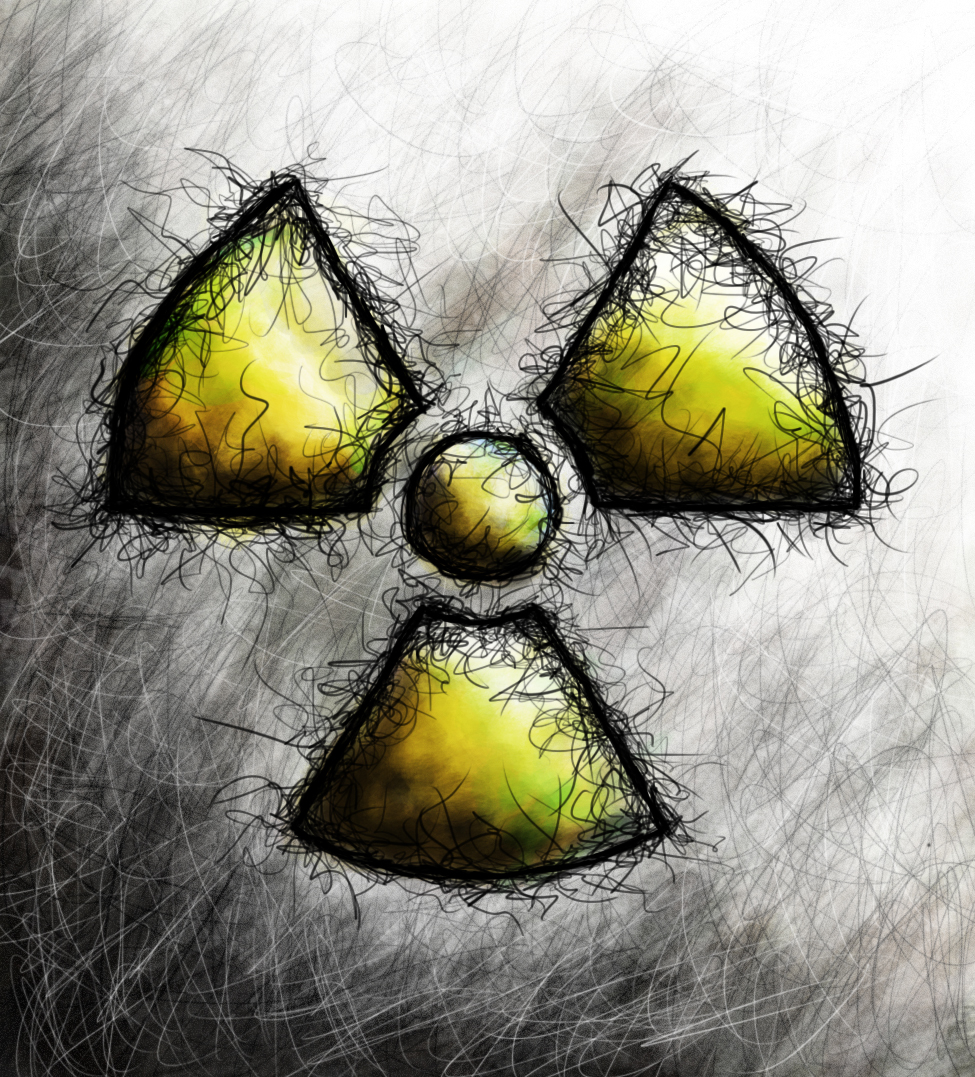 A “toxic employee” can sap the energy right out of your company. This toxic employee – true to the name – can poison the business atmosphere where you work, and can make it difficult, if not impossible, to manage effectively. The toxicity is insidious, and can drag you, your staff and co-workers into an abyss of low morale and decreased productivity. But there is hope, and it begins by first recognizing the characteristics of these employees. A “toxic employee” can sap the energy right out of your company. This toxic employee – true to the name – can poison the business atmosphere where you work, and can make it difficult, if not impossible, to manage effectively. The toxicity is insidious, and can drag you, your staff and co-workers into an abyss of low morale and decreased productivity. But there is hope, and it begins by first recognizing the characteristics of these employees.
The list can be long, but generally the toxic employee: * Is overly negative, and always blames other people for his problems. He thinks, “It’s not me, it’s you.” He fails to be held personally accountable for his actions, and yet expects all the “rights” – and often more – that he feels are his due. * Is a master of illusion. Instead of spending his energies working, he spends his energies pretending to work. The toxic employee can be productive when he wants to be, but his constructive efforts are sporadic at best. More often, he does only what is minimally expected of him to avoid being reprimanded, or to receive some sort of reward – a paycheck or recognition. The toxic employee is very adept at taking credit where credit is not due, thereby severely disrupting the morale of his hard working colleagues. * Is creative – creative in finding ways to draw unsuspecting co-workers into games like “one-up-man-ship”, “petty bickering” and “I-can-make-myself-look-good-while-doing-absolutely-nothing” (also known as “grab-the-glory”). The only people this person treats as important are those who he determines to be of equal or greater organizational status, or that he thinks can do him a favor. He fails to recognize the essential contributions of support staff, for example, treating them as if they are not important, or worse, as if they don’t exist at all. * Sabotages others’ efforts by backstabbing or by withholding information. The toxic employee is skilled at the art of “hall talk”, where malicious opinions are offered and rumors fly. They avoid approaching people directly with concerns, choosing instead to communicate by hearsay and innuendo. The toxic employee is also skilled at the art of “gatekeeping” – withholding important information that others need to do their jobs effectively. They it out in an inconsistent or unfair fashion that favors one colleague over another. * Can be difficult to terminate, because they have aligned himself with a key decision-maker (a “protector”) in the organization who seems blind to the negative effects of the toxic behavior. Remember, a toxic employee can be quite bright and resourceful. It’s how he uses, or doesn’t use, his talents and energies that get in the way of a productive workplace. However, short of firing the employee, there are still several ways that you as a manager can deal with the toxicity: * Look for signs of toxicity before the person is hired. Ie. ignoring support staff during the interview process, not taking the time to ask about others’ roles in the organization, and focusing only on “me”, should send you a strong signal that there could be a problem in the future. * Try to determine the cause of the toxicity. In other words, what motivational forces are at play? Taking time to look at the big picture is essential to understanding and dealing with the problem. * Confront the employee about his or her behavior. The individual may not be aware of how his/her behavior is affecting others. Be specific, be prepared for a defensive reaction, and be ready to offer positive suggestions. People will often change their negative behavior if it is brought to their attention. * Be a role model. To varying degrees, we all model the behaviors of others. As a supervisor, how you conduct yourself has a tremendous impact on the behaviors of those who work for you and with you. * Seek, and be willing to receive, feedback from others about how things are going. Don’t expect everyone to have the same opinion as you do on every issue. Avoid “ganging up” on the toxic employee. * Give the toxic employee specific tasks for which he can be held totally accountable. Make sure you follow through and don’t accept excuses. Document things so if push comes to shove you have information to back you up. * Look for incremental improvements. Toxicity does nor go away overnight. Be willing to accept gradual changes in an employee’s behavior. * Learn to recognize toxic behavior in yourself. Supervisors and managers are not immune to toxicity. Watch for autocratic behavior that may signal a problem. Continue to give others credit for contributing to your team’s success. Immediately thank and acknowledge those who made a success possible – even when it would be easy to claim all the credit yourself. Toxic employees don’t thrive in an environment where peoples’ contributions are recognized in a consistently positive way. * Use your sense of humor. If you don’t have one, get one – and apply liberally. Remember the bottom line: Take your job seriously, but take yourself lightly. A toxic employee is like having a low-grade infection. You can live with it for a while but, if not properly treated, it can develop into a full-blown infection – making you, and your business, suffer. Ultimately, you may have to fire the employee, but these may offer some relief, and could even turn things around. |


